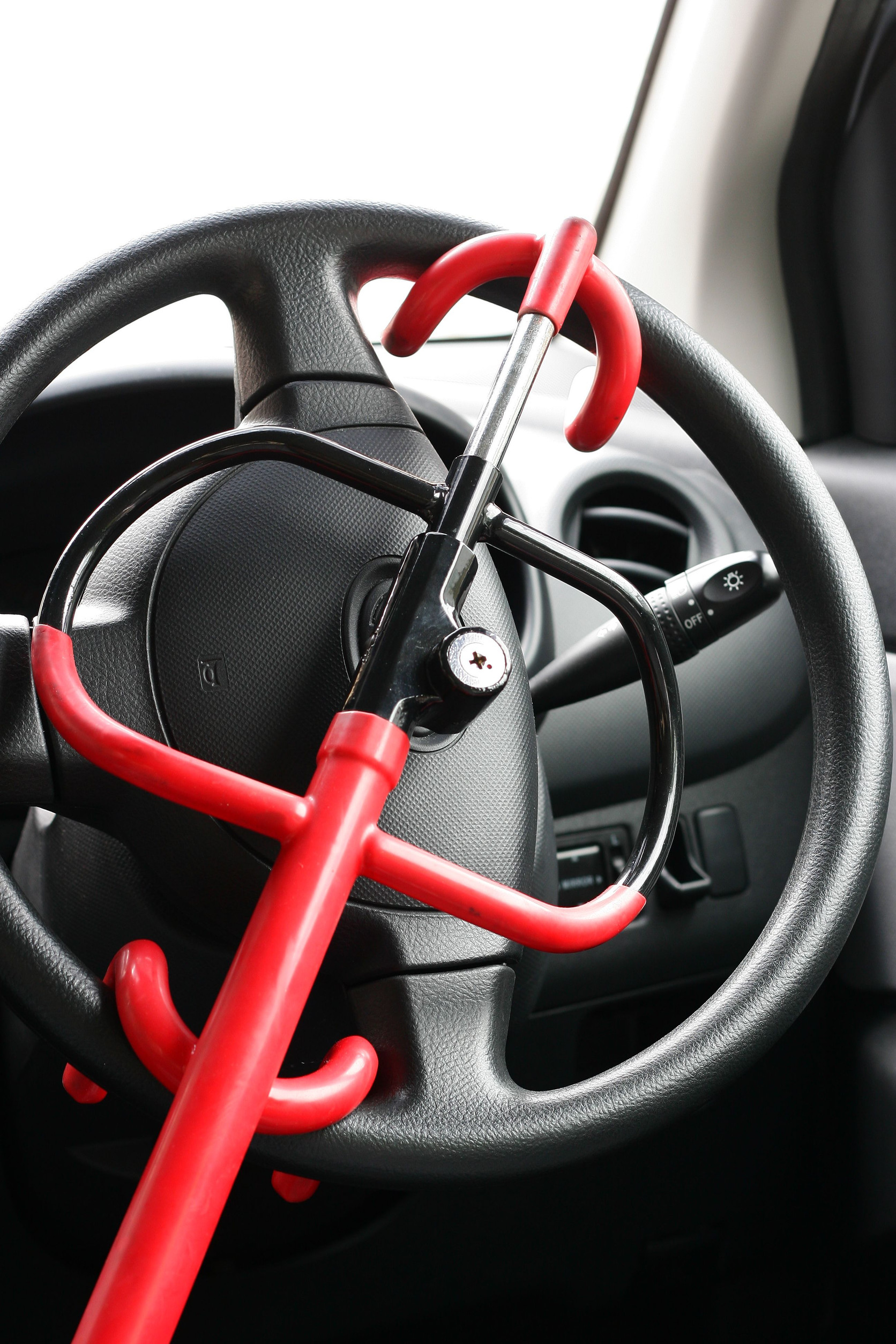
Image Source: 123rf.com
Car theft has taken a shocking turn in recent years, as criminals trade crowbars for cutting-edge technology. Instead of breaking windows or hot-wiring ignitions, today’s thieves are using sophisticated tools to hack cars right from driveways. These crimes are not only startling but also reveal how vulnerable modern vehicles can be to digital attacks. In this article, we’ll delve into how these high-tech bandits operate, explore the risks posed by smart car technology, and share tips to protect yourself.
1. The Rise of Keyless Entry Theft
Keyless entry systems were designed for convenience, allowing drivers to unlock and start their cars with a simple button press. However, criminals have found ways to exploit these systems using devices known as relay boxes. These tools intercept and amplify signals from a car owner’s key fob, tricking the vehicle into thinking the key is nearby. Thieves can then unlock the car and drive away—all in a matter of seconds. The sophistication of these devices has made keyless entry theft a growing concern for car owners.
2. Hacking Vehicle Control Systems
As cars become increasingly connected, they also become more susceptible to cyberattacks. Skilled hackers can infiltrate a vehicle’s control systems, giving them access to functions like locks, engine start, and even GPS tracking. In some cases, criminals have exploited vulnerabilities in software updates or unsecured apps to gain control. This alarming trend highlights the need for stronger cybersecurity measures in the automotive industry.
3. The Black Market for Car-Hacking Tools
Believe it or not, tools for hacking cars are readily available on the black market. From signal jammers to diagnostic tools repurposed for theft, criminals have a wide array of gadgets at their disposal. Some even use sophisticated software to duplicate key fobs or bypass security protocols. The accessibility of these tools underscores the urgency of addressing car hacking as a growing threat.
4. Targeting Smart Cars
Smart cars, with their advanced connectivity and self-driving capabilities, are particularly appealing targets for high-tech thieves. These vehicles often rely on complex networks and wireless communication, creating multiple points of vulnerability. Criminals can exploit these systems to disable alarms, unlock doors, or even take control remotely. As smart cars become more common, manufacturers must prioritize safeguarding their technologies against potential breaches.
5. Protecting Yourself Against High-Tech Car Theft

Image Source :123rf.com
Fortunately, there are steps you can take to reduce the risk of becoming a victim:
- Invest in Signal-Blocking Pouches: These pouches, often called Faraday bags, can prevent thieves from intercepting signals from your key fob.
- Disable Keyless Entry Features: If possible, disable this feature when your car is parked at home.
- Install Steering Wheel Locks: A physical deterrent can make your car less attractive to thieves.
- Keep Software Updated: Regular updates often include security patches to address vulnerabilities.
- Park Strategically: Parking in well-lit, secured areas can deter criminals.
A Digital Revolution in Car Theft
The rise of high-tech car theft is a reminder that as technology evolves, so do the tactics of criminals. While smart cars and keyless entry systems offer convenience, they also introduce new risks that require proactive measures. By staying informed and taking precautions, car owners can protect themselves against the growing threat of vehicle hacking.
Have you ever worried about the security of your car’s technology? What measures do you think manufacturers should take to improve car cybersecurity? Share your thoughts in the comments below.
Read More:
The Silent Theft: How to Spot a Relative Stealing from Your Elderly Parents
Check Your Credit Report NOW—5 Signs of Identity Theft

Latrice is a dedicated professional with a rich background in social work, complemented by an Associate Degree in the field. Her journey has been uniquely shaped by the rewarding experience of being a stay-at-home mom to her two children, aged 13 and 5. This role has not only been a testament to her commitment to family but has also provided her with invaluable life lessons and insights.
As a mother, Latrice has embraced the opportunity to educate her children on essential life skills, with a special focus on financial literacy, the nuances of life, and the importance of inner peace.
Leave a Reply